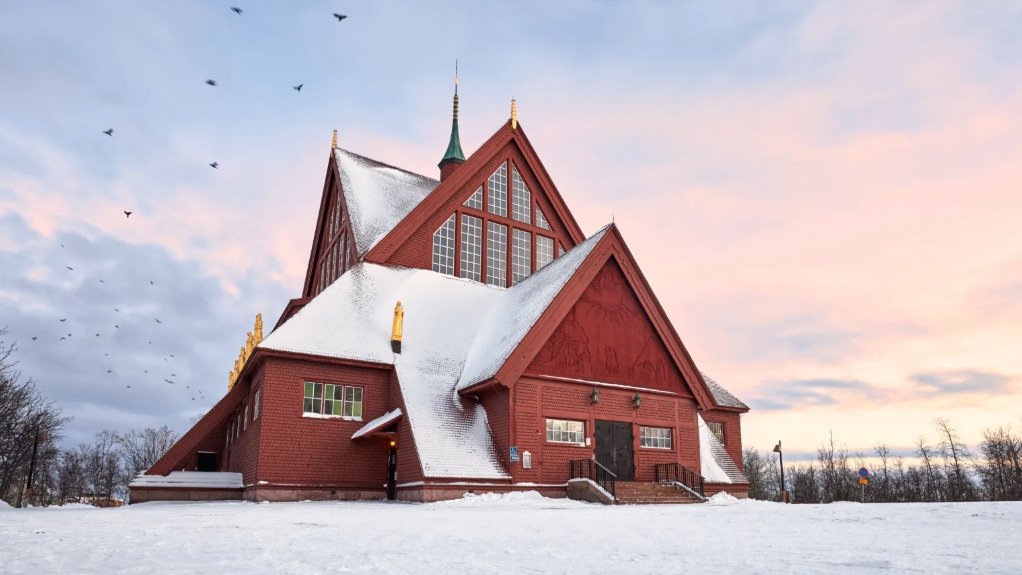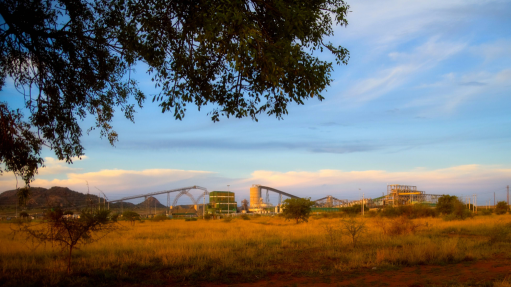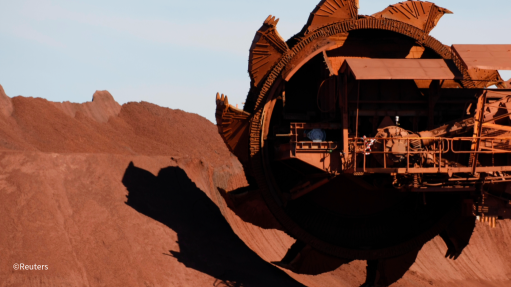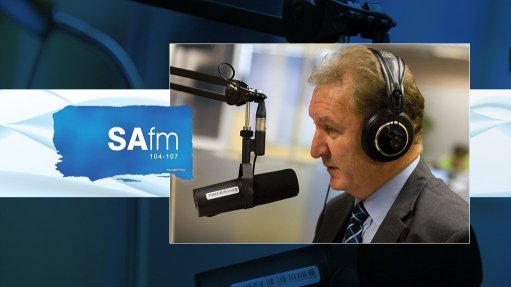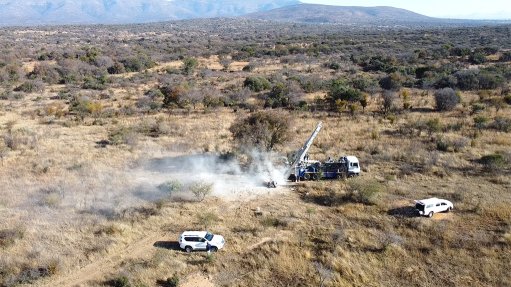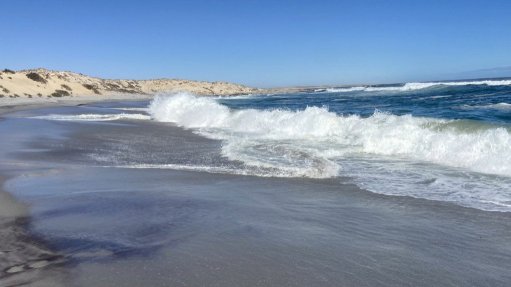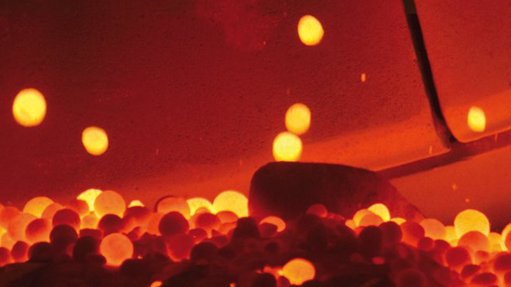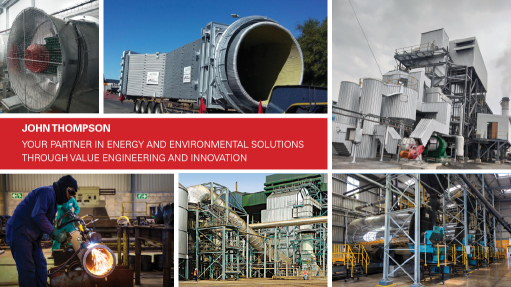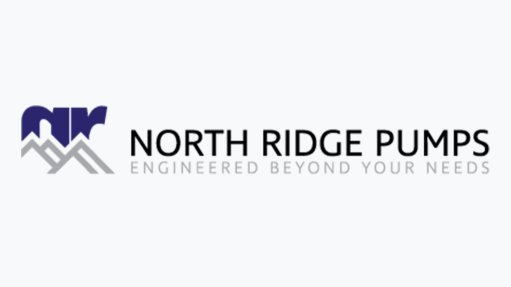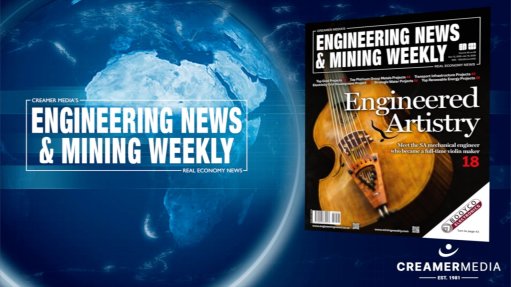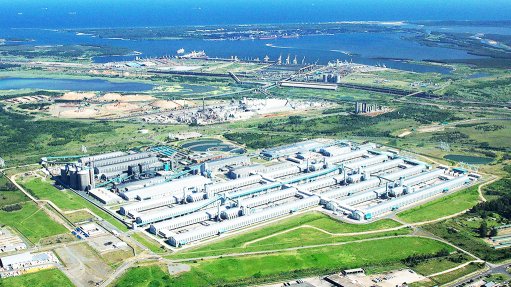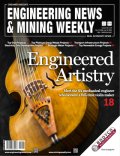Wooden church sets off on slow Swedish road trip to escape mining subsidence
KIRUNA - Sweden's landmark Kiruna Church will begin a two-day trip to a new home on Tuesday, inching down an Arctic road to save its wooden walls from ground subsidence and the expansion of the world's largest underground iron ore mine.
Workers have already jacked up the 600-ton, 113-year-old church from its foundations and hefted it onto a specially built trailer - part of a 30-year project to relocate thousands of people and buildings from the Lapland city.
Mine-operator LKAB has spent the last year widening the road for the journey which will take the red-painted church - one of Sweden's largest wooden structures, often voted its most beautiful - 5 km down a winding route to a brand new Kiruna city centre.
The journey will save the church, but take it from the site where it has stood for more than a century.
"The church is Kiruna's soul in some way, and in some way it's a safe place," Lena Tjarnberg, the vicar of Kiruna, said.
"For me, it's like a day of joy. But I think people also feel sad because we have to leave this place."
For many of the region's indigenous Sami community, which has herded reindeer there for thousands of years, the feelings are less mixed. The move is a reminder of much wider changes brought on by the expansion of mining.
"This area is traditional Sami land," Lars-Marcus Kuhmunen, chair of the local Gabna Sami community, said. "This area was grazing land and also a land where the calves of the reindeer were born."
If plans for another nearby mine go ahead after the move, that would cut the path from the reindeer's summer and winter pastures, making herding "impossible" in the future, he said. "Fifty years ago, my great-grandfather said that the mine is going to eat up our way of life, our reindeer herding. And he was right."
SYMBOL OF TRANSFORMATION
The church is just one small part of the relocation project.
LKAB says around 3 000 homes and around 6 000 people need to move. A number of public and commercial buildings are being torn down while some, like the church, are being moved in one piece.
Other buildings are being dismantled and rebuilt around the new city centre. Hundreds of new homes, shops and a new city hall have also been constructed.
The shift should allow LKAB, which produces 80% of the iron ore mined in Europe, to continue to extend the operation of Kiruna for decades to come.
The state-owned firm has brought up around two-billion tonnes of ore since the 1890s, mainly from the Kiruna mine. Mineral resources are estimated at another 6 billion tonnes in Kiruna and nearby Svappavaara and Malmberget.
LKAB is now planning the new mine next to the existing Kiruna site.
As well as iron ore, the proposed Per Geijer mine contains significant deposits of rare earth elements, a group of 17 metals critical to products from lasers to iPhones and green technology key to meeting Europe's climate goals.
Europe - and much of the rest of the world - is currently almost completely dependent on China for the supply and processing of rare earths. In March this year, the EU designated Per Geijer as a Strategic Project which could help speed up the process of getting the new mine into production.
Around 5 km down the road, Kiruna's new city centre will also be taking shape.
"The church is ... a statement or a symbol for this city transformation," mayor Mats Taaveniku told Reuters.
"We are right now half on the way. We have 10 years left to move the rest of the city."
Article Enquiry
Email Article
Save Article
Feedback
To advertise email advertising@creamermedia.co.za or click here
Announcements
What's On
Subscribe to improve your user experience...
Option 1 (equivalent of R125 a month):
Receive a weekly copy of Creamer Media's Engineering News & Mining Weekly magazine
(print copy for those in South Africa and e-magazine for those outside of South Africa)
Receive daily email newsletters
Access to full search results
Access archive of magazine back copies
Access to Projects in Progress
Access to ONE Research Report of your choice in PDF format
Option 2 (equivalent of R375 a month):
All benefits from Option 1
PLUS
Access to Creamer Media's Research Channel Africa for ALL Research Reports, in PDF format, on various industrial and mining sectors
including Electricity; Water; Energy Transition; Hydrogen; Roads, Rail and Ports; Coal; Gold; Platinum; Battery Metals; etc.
Already a subscriber?
Forgotten your password?
Receive weekly copy of Creamer Media's Engineering News & Mining Weekly magazine (print copy for those in South Africa and e-magazine for those outside of South Africa)
➕
Recieve daily email newsletters
➕
Access to full search results
➕
Access archive of magazine back copies
➕
Access to Projects in Progress
➕
Access to ONE Research Report of your choice in PDF format
RESEARCH CHANNEL AFRICA
R4500 (equivalent of R375 a month)
SUBSCRIBEAll benefits from Option 1
➕
Access to Creamer Media's Research Channel Africa for ALL Research Reports on various industrial and mining sectors, in PDF format, including on:
Electricity
➕
Water
➕
Energy Transition
➕
Hydrogen
➕
Roads, Rail and Ports
➕
Coal
➕
Gold
➕
Platinum
➕
Battery Metals
➕
etc.
Receive all benefits from Option 1 or Option 2 delivered to numerous people at your company
➕
Multiple User names and Passwords for simultaneous log-ins
➕
Intranet integration access to all in your organisation



